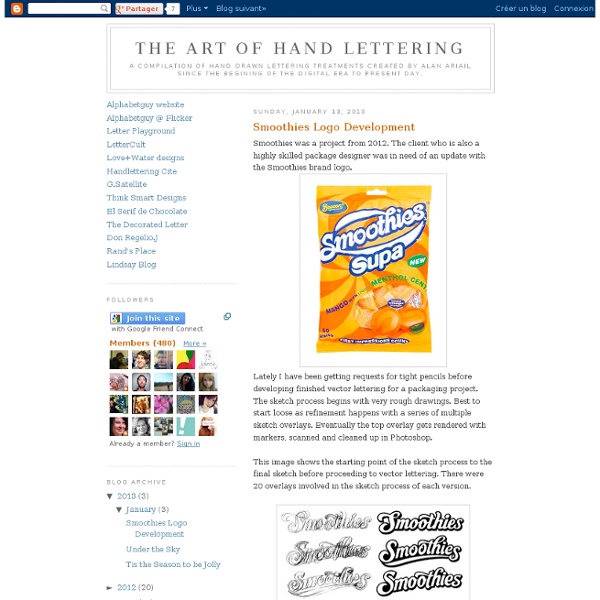



Greece and America: the Taxman Wants More — Mises Economics Blog Agents from the Financial and Economic Crime Unit sat at the Three Little Pigs Cafe bar in Athens recently working a stakeout to find a suspected tax cheat–the Three Little Pigs owner. These Greek government gumshoes were soon asking to look at customers’ receipts to see if the night club was collecting value-added taxes. “Armed with a new law devised to help Greece crack down on tax cheats, the agents shut the cafe for the next 48 hours because, they said, receipts were missing,” the New York Times reports. “Across the city, other restaurants and nightclubs were also being padlocked, their names showing up in the local newspapers, their front doors sealed for all to see.” Greek authorities believe their government is losing $30 billion a year because taxpayers aren’t paying what they owe. Doctors magically just report enough income to remain under the higher-rate thresholds. The words “service,” “smooth” and “effective” are what come to my mind on April 15th, how about you?
Tibétain calligraphie I love Typography Examining The Design Process: Clichés and Idea Generation - Smashing Magazine Advertisement Where do good ideas come from? It’s a question that matters a great deal to designers, yet seems to be curiously discounted in the common perception of graphic design. Any time I talk with, say, an uncle at Thanksgiving about my work, I’m reminded that, in most people’s minds, the job of being a designer is mainly a matter of learning a set of computer applications — programs which, when properly operated, presumably do the work of generating ideas on their own. If pressed further, most people will offer up some version of the Genius Theory: the idea that certain individuals are simply blessed with a force called ‘creativity’ that (as the theory goes) allows them to summon remarkable visual solutions to problems where the rest of us see only a blank canvas. In this article, we will look at four examples of successful visual solutions created by well-known designers, and examine the process by which each designer arrived at his final concept. The Problem of Clichés
Calligraphy for beginners FontSpace Basics Behind Color Theory for Web Designer As a collective digital artist, it is important to understand the fundamental science behind color theory. It’s a popular topic with a vast spread of information to retain and digest. Not only does this topic focus on arts and design, it also involve jist of optics science. (Image source: Shutterstock) There is plenty to cover on this topic so we’ll be glossing over some of the key points to extract what should be emphasize. Beginnings of Color Theory When starting off into the pool of colors, we should base ourselves in square one. These primary colors may be combined together in a mixing process to create other color scheme. Tertiary Color Pallet Once we have our color wheel started we can use these resources to create tertiary colors. Next we’ll be going over some of the most popular color schemes. Monochromatic Colors When delving into color schemes we can find an endless supply of creativity. Monochromatic color schemes are the raw colors as they only refer to a single hue. Conclusion
Articles – Alphabets « La Société des Calligraphes de Montréal Table des matières - Résumé d’atelier – Les nombres - Résumé d’atelier – Neuland - Résumé d’atelier – Capitale romaine – Julian Waters - Résumé d’atelier – Lettrines – Peter Thornton - Résumé d’atelier – L’Anglaise - Résumé d’atelier – L’italique – Sheila Waters - Résumé d’atelier – L’Anglaise – Yannick Durand LES NOMBRES Par Karen Poulsen Résumé d’un atelier donné par Nancy Culmone, calligraphe du Nouveau Mexique, originalement publié dans L’Arabesque, Printemps 1991. (fig. 1) Nancy a débuté la journée en nous posant deux questions. La seconde question : “Quel est votre nombre préféré?” Bien que nous les appelions « nombres », le mot NOMBRE représente le concept ou symbole, alors que le CHIFFRE est le feu, la marque qui représente le nombre. Les anciens chiffres ne sont plus reconnaissables de nos jours. Les chiffres non-alignés (voir figure 2 ci-dessous) sont historiquement plus authentiques, et avaient été développés pour accompagner les majuscules et les minuscules. (fig. 2) (fig. 3) (fig. 4)